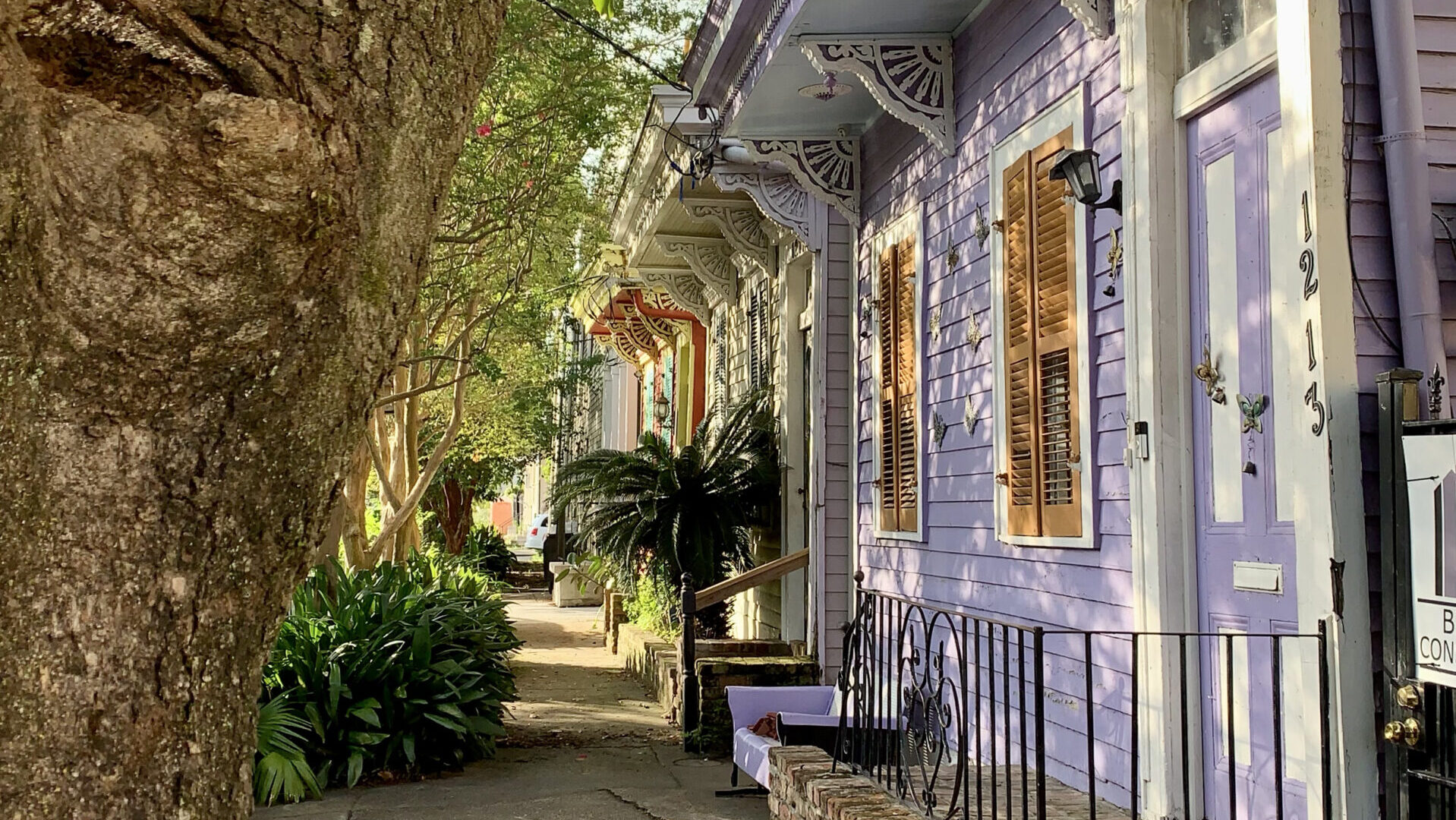The tree-lined streets, tropical foliage, charming cottages and maybe even a chance encounter with a wandering peacock make Carrollton feel nostalgic and whimsical; the students, faculty and alumni of nearby Loyola and Tulane universities who live in the area also bring the feel of a college town.
Carrollton was established as a rural resort community outside of New Orleans in 1833, and the neighborhood still has a laid-back feel. Oak Street, one of Carrollton’s main shopping corridors, has the look and feel of the 1950s, while Maple Street offers chic boutiques, delectable dining and several coffee shops in addition to typical college town fare. Good restaurants in all price ranges are plentiful in Carrollton, and food types span a global variety of ethnicities.
Early development of the area concentrated near the natural levee fronting the river. By the 1850s, Carrollton had a racetrack, a hotel and an elegant train station. Tourists have been replaced by students, and the neighborhood’s many businesses cater to the lively residents who call Carrollton home.
A streetcar ride up St. Charles Avenue follows the sharp bend in the river and turns up Carrollton Avenue, ending at the street’s intersection with Claiborne Avenue. The route is advantageous for residents and a pleasure-ride for tourists. The neighborhood was added to the National Register of Historic Places in 1988.



